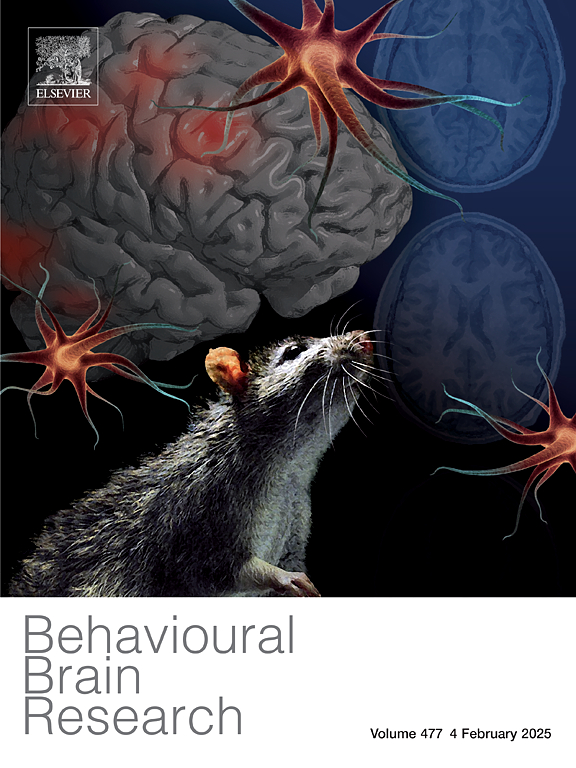The influence of chronic exposure to violent virtual avatars on players' aggressive behavior: An ERP study
IF 2.6
3区 心理学
Q2 BEHAVIORAL SCIENCES
引用次数: 0
Abstract
Short-term exposure to virtual avatars in violent video games has a short-term effect on players' aggressive behavior, but few studies have focused on the effect of chronic exposure to virtual avatars in violent video games on players' aggressive behavior, and its cognitive neural mechanism remains unclear. This study aimed to investigate the effects of chronic exposure to virtual avatars on players' aggressive behavior in violent video games and its cognitive neural mechanism. 54 undergraduates were selected (27 participants with violent virtual avatars exposure) to complete a competitive reaction time task, during which participants' EEG were recorded. Results indicated that in the decision phase, compared with the control group, violent virtual avatar exposure group showed lower P2 amplitude and more negative DRN amplitude. In the outcome phase, there was no significant feedback related negativity (FRN) amplitude difference between two groups on the winning feedback, while the violent virtual avatar exposure group showed greater FRN amplitude on the losing feedback. These results suggest that chronic exposure to violent virtual avatars have a chronic effect on players' aggressive behavior, and the internal cognitive neural mechanism is that chronic exposure to violent virtual avatars has an impact on the decision phase and the outcome phase of players' aggressive behavior.
长期接触暴力虚拟角色对玩家攻击行为的影响:一项ERP研究
短期接触暴力游戏虚拟角色对玩家攻击行为有短期影响,但长期接触暴力游戏虚拟角色对玩家攻击行为影响的研究较少,其认知神经机制尚不清楚。本研究旨在探讨长期接触虚拟化身对暴力电子游戏玩家攻击行为的影响及其认知神经机制。选择54名大学生(27名接触暴力虚拟形象的参与者)完成一项竞争性反应时间任务,并记录参与者的脑电图。结果表明,在决策阶段,与对照组相比,暴力虚拟形象暴露组的P2幅值更低,DRN负幅值更多。在结果阶段,两组在获胜反馈上没有显著的反馈相关负性(FRN)幅度差异,而暴力虚拟形象暴露组在失败反馈上表现出更大的FRN幅度。这些结果表明,长期暴露于暴力虚拟化身对玩家攻击行为具有慢性影响,其内在认知神经机制是,长期暴露于暴力虚拟化身对玩家攻击行为的决策阶段和结果阶段产生影响。
本文章由计算机程序翻译,如有差异,请以英文原文为准。
求助全文
约1分钟内获得全文
求助全文
来源期刊

Behavioural Brain Research
医学-行为科学
CiteScore
5.60
自引率
0.00%
发文量
383
审稿时长
61 days
期刊介绍:
Behavioural Brain Research is an international, interdisciplinary journal dedicated to the publication of articles in the field of behavioural neuroscience, broadly defined. Contributions from the entire range of disciplines that comprise the neurosciences, behavioural sciences or cognitive sciences are appropriate, as long as the goal is to delineate the neural mechanisms underlying behaviour. Thus, studies may range from neurophysiological, neuroanatomical, neurochemical or neuropharmacological analysis of brain-behaviour relations, including the use of molecular genetic or behavioural genetic approaches, to studies that involve the use of brain imaging techniques, to neuroethological studies. Reports of original research, of major methodological advances, or of novel conceptual approaches are all encouraged. The journal will also consider critical reviews on selected topics.
 求助内容:
求助内容: 应助结果提醒方式:
应助结果提醒方式:


